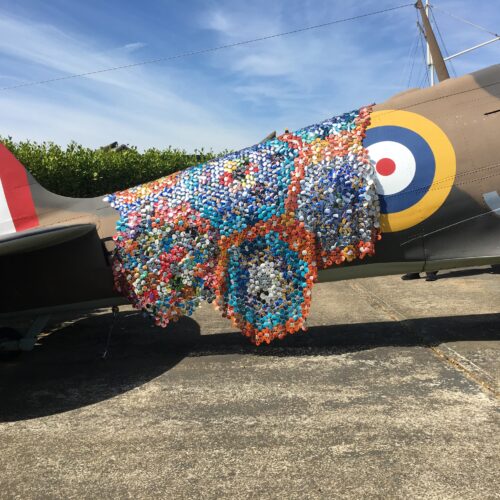
Concept and colour
Looking for some colour inspiration, I have been recently looking at the early work of one of my favourite designers, Verner Panton. Although he is most famous for his Architecture, futuristic interiors and innovative use of materials, like plastic, for furniture. He developed an exciting collection of psychedelic and colourful Textiles.
Textiles had consistently been an essential part of his conceptions but it was not until the 50s when he started to create his own ones. He played on basic geometric motifs, and had predilection for red and orange colours. Spaces were conceived in terms of colour, then realised with textiles.
He had the opportunity to begin a long-term, intensive and broad exploration of textile fabrics during his collaboration with the newly funded Swiss textile house Mira-X. Panton’s idea of an integral concept of living and his vision of coloured space constituted the basic structure of the Mira- X collection.



Panton’s early work deals less with a specific interest in visual motifs, fabrics and textures than with the application of visual phenomena as practised by Op art during the 1960s. Constructivists like Vasarely and Joseph Albers worked in similar fashion to Panton, with a repertoire of geometric forms that were varied and applied according to mathematical principles where colour played a central role.

His first collection combined:
- Eight pure colours: orange, bright red, dark red, aubergine, purple, violet, blue and turquoise.
- Each of the eight colours was graded according to a further eight levels of brightness, ranging from 100% to 15% colour density.
- The five visual motifs: square, circle, stripes, curve and chequers were likewise graded according to eight levels.
- Each of these designs was produced in three sizes on a scale of 1: 3: 9.
- The eight basic colours were either combined in a single design, or a single colour was broken down into its eight levels of brightness.

The company, together with Panton used the designs to to produce two qualities of furnishing fabrics. The collection also contained a large selection of single-colour carpets and furniture, and curtain fabrics of various qualities.
The colours and forms used by Panton for Mira-X gave rise for the first time to a “distinct formal vocabulary”. He devised a system of colour gradation and geometric pictorial motifs that could be combined in several different ways and therefore lend themselves to a planned concept of interior design in which costumers played an active part in the creative process. The designer thus offered users a tool with which they could combine every detail and every possible type of architectural condition as coherent whole. In this way, the role of fabrics in Panton’s work becomes clear: textiles are necessarily part of an overall concept; they never exist simply for their own sake but contribute towards the spatial composition in relation to furniture.





